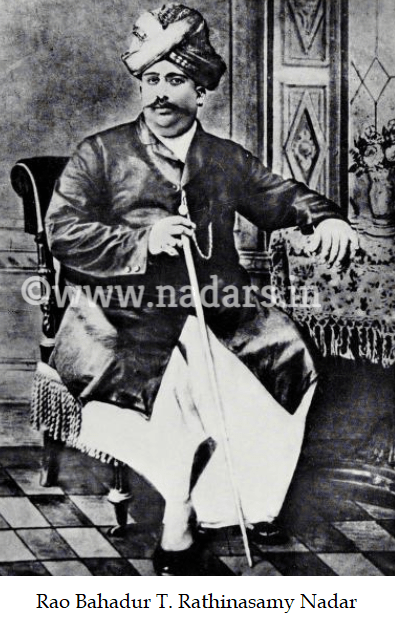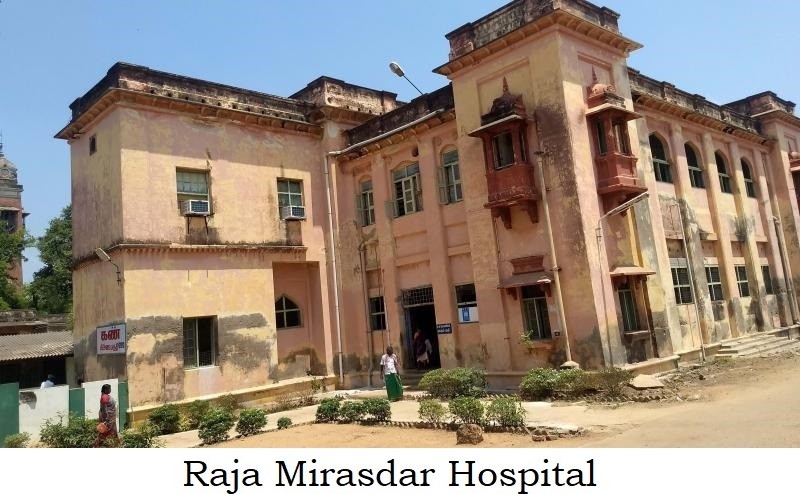-
Railway line for Tranquebar (Tharangambadi)
Railways were the most important infrastructure development in British India. From the later nineteenth century, the construction of railways made it easier for people and goods to move freely from one locality to another; this opened up new possibilities for trade and communication in the small villages as well.



Comments 3
March 3, 2021 at 11:17 am
This is a commendable work. Combining and compiling all these details a book should be published with these rare photos at a subsidised price. Details should be collected by interacting with all families of Nadars and their associated non-Nadar families.
September 6, 2021 at 12:01 pm
Great works
June 30, 2023 at 2:57 am
Good service.